Who We Are
AboitizPower is the Philippines’ leading provider of renewable energy, advancing business and communities towards A Better Future.
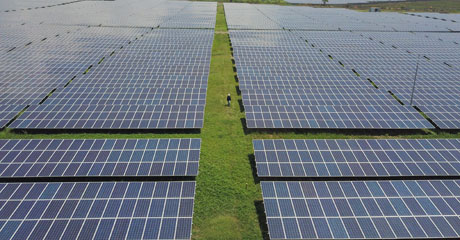
AboitizPower is the Philippines’ leading provider of renewable energy, advancing business and communities towards A Better Future.
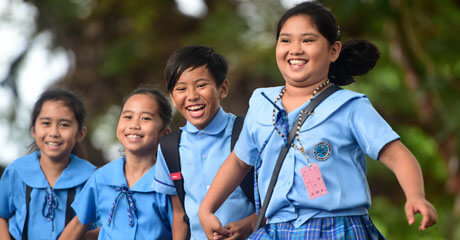
AboitizPower champions sustainability initiatives and ventures that help make the world a better place not only for people living today but for generations to come.

AboitizPower upholds the highest ethical standards, safeguarding the integrity of our initiatives and developments as a business enterprise and a partner for environmental protection.

View our shareholder relations and investment reports and find out how we prioritize addressing the triple bottom line of people, planet, and profit.
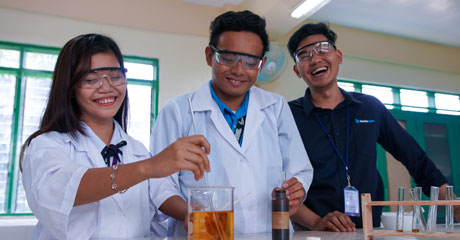
Stay updated on the latest stories and developments about AboitizPower.

A Better Future and career await you at AboitizPower. Browse through our job vacancies and join our ever-growing family today!
Home Newsroom SustainabilityBird-watchers' haven in the city
April 11, 2024
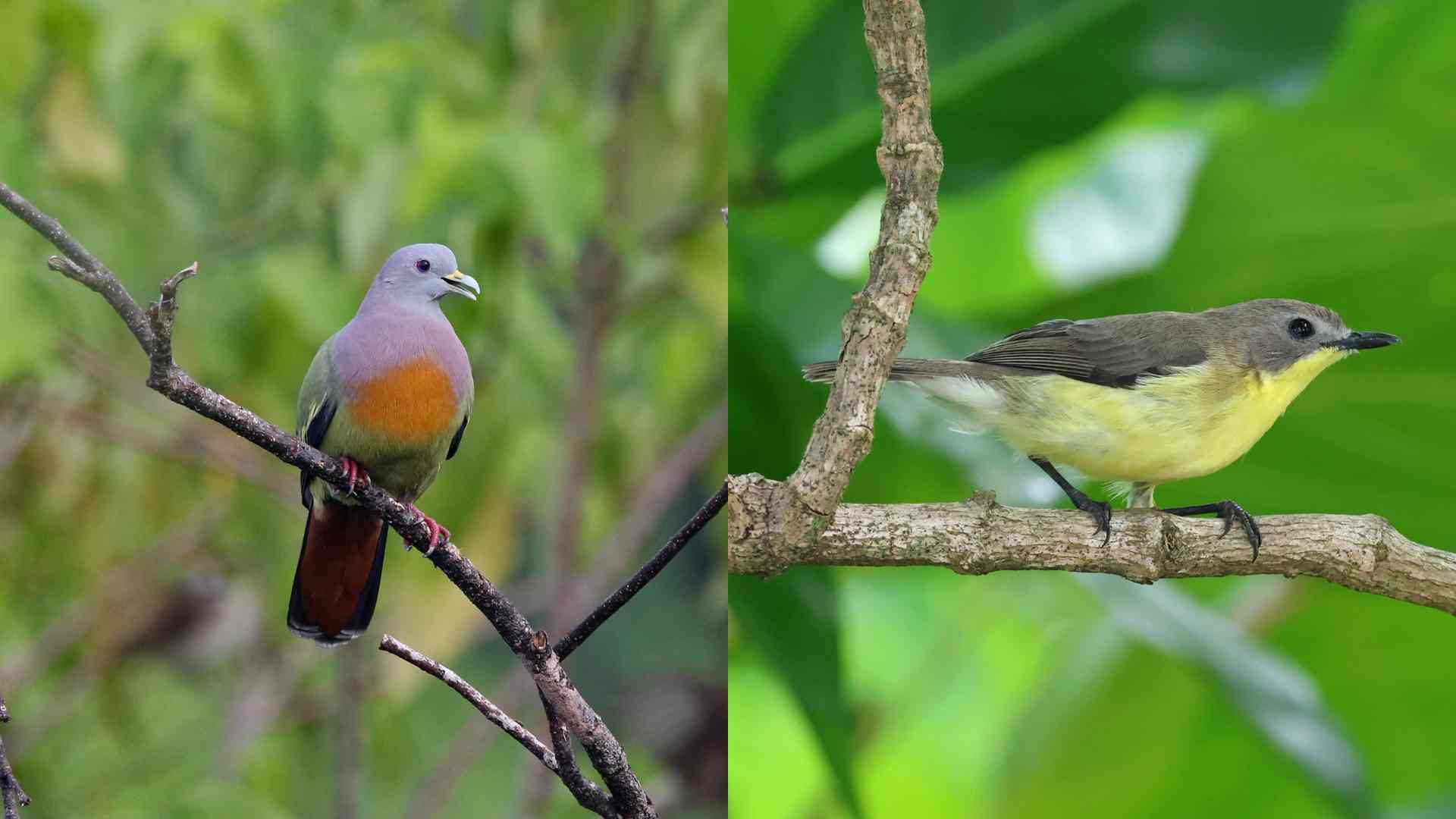
Davao is one of the most highly urbanized cities in the Philippines. Yet amazingly, many species of birds — including migrants, residents, and even localized endemics — can still be observed and found there thanks to pocket gardens and urban forests that are cradled in the city.
Among the largest in Davao is the eight-hectare Aboitiz Cleanergy Park, an ecological preserve and biodiversity conservation site and a favorite of bird-watchers.
For Pete Simpson, a British national, it is his favorite place for bird watching because of its proximity to his residence.
"It's an oasis within the city. It's unusual [anywhere else] in the city to see so many species of birds," Simpson said.
The Aboitiz Cleanergy Park, which is jointly managed by AboitizPower subsidiary Davao Light and Aboitiz Foundation, Inc., is located along the coast of Punta Dumalag, Matina Aplaya, Davao City.
Simpson recalled stepping into the area for the first time 12 to 13 years ago upon the invitation of a group of high school students.
He mentioned how Davao Light Reputation Enhancement Department Head Fermin Edillon, who also happens to manage the park, requested him to document how many bird species he would observe.
"We found 22 species of birds that day, and I said to Fermin that the 22 species of birds we recorded in the park in one day is not that impressive," he shared, adding that if they could observe closer to 35 species of birds in a day, then bird watchers would come to the park regularly.
Simpson revealed that it took a few years before they recorded more than a hundred species of birds — 108 to be exact from his latest count. From his previous trips, he fondly recalled coming across the Common Emerald Dove (Chalcophaps indica) and the Little Bronze Cuckoo (Chrysococcyx minutillus), as well as endemic bird species like the Short-billed Brown Dove (Phapitreron brevirostris) and the Pygmy Swiftlet (Collocalia troglodytes).
He attributed the upswing to the high and still increasing biodiversity within the park, especially with the growth of native trees that provide food and safe shelter to the birds.
The esteemed bird-watcher recognized the importance of planting native trees so as to attract native birds, lamenting an area where foreign birds outnumber the native ones.
He added that it is not ideal to plant non-native trees in unfamiliar soil as they tend to be more invasive, a thing which also holds true for bird species.
Reflecting on the Aboitiz Cleanergy Park, Simpson said that it has become an important "outdoor classroom" for students and other interested learners about the incredible level of biodiversity that is all around in the Philippines.
As a model of habitat conservation and biodiversity management in an urban setting, the Aboitiz Cleanergy Park also houses a turtle habitat, mangrove and coastal forest, and a rich coral reef surrounded by a 37-hectare Marine Protected Area.
Simpson hopes to see more "Cleanergy Parks" in the urban areas of the country so that birds, trees, and other endemic species would have a place in the city.
“Urban pocket forests are vital, both to the people of the city and to the native wildlife,” Simpson concluded.
This article by Cristina E. Alivio appeared in Sunstar Davao on April 3, 2024.

In line with its commitment to promoting a culture of safety across the organization and among its partners, the AboitizPower Coal Business Unit (BU) ...
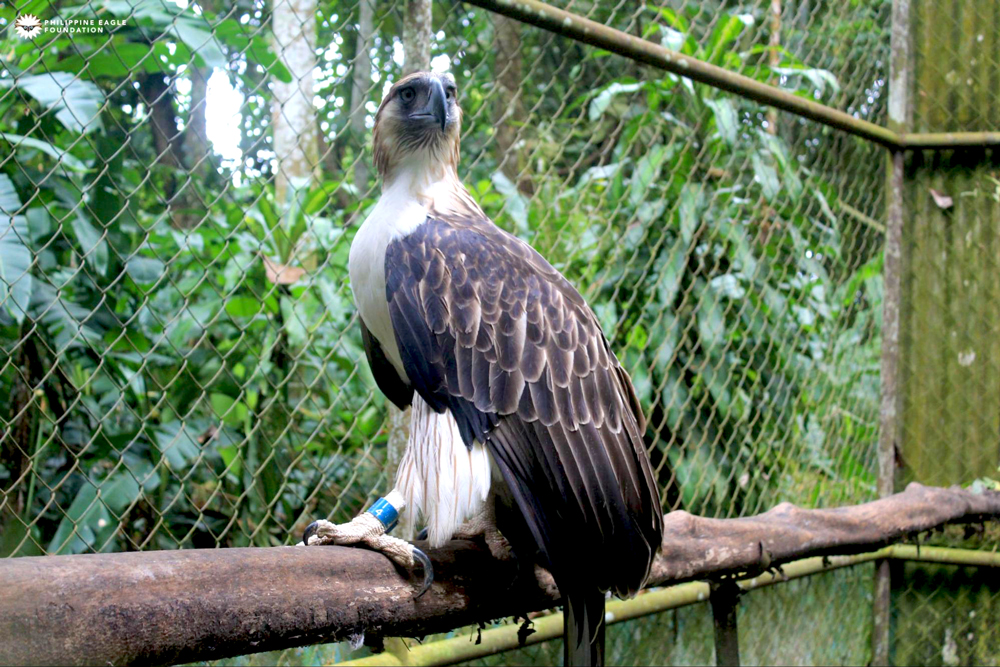
Aboitiz Power Corporation (AboitizPower) has been recognized as a constituent company in the FTSE4Good Index Series for the fourth consecutive year an...

AboitizPower confirmed its place as one of Philippines’ leading graduate employers when the Top 100 Graduate Employers were announced last May 1...
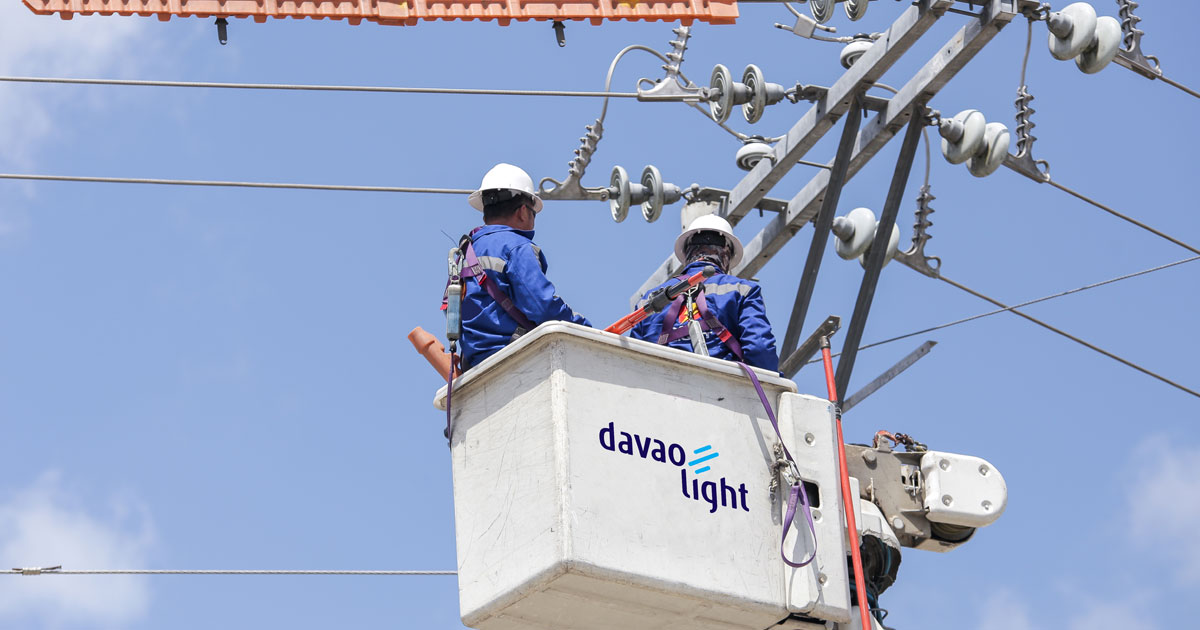
As one of the Philippines’ largest power producers, we help fill the nation’s growing energy needs by providing secure and affordable access to sustainable power across the country.
Learn more about our businesses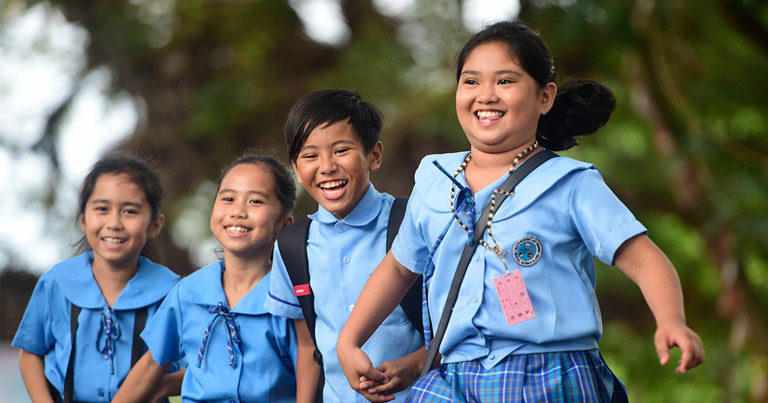
AboitizPower champions sustainability initiatives and ventures that help make the world a better place not only for people living today but for generations to come.
View our sustainability initiatives
View our shareholder relations and investment reports and find out how we prioritize addressing the triple bottom line of people, planet, and profit.
Visit our investor relationsWe use cookies to personalize content and ads, which enables us to analyze our traffic.
If you continue
to use this website, you consent to the use of our cookies.
Find out more here.